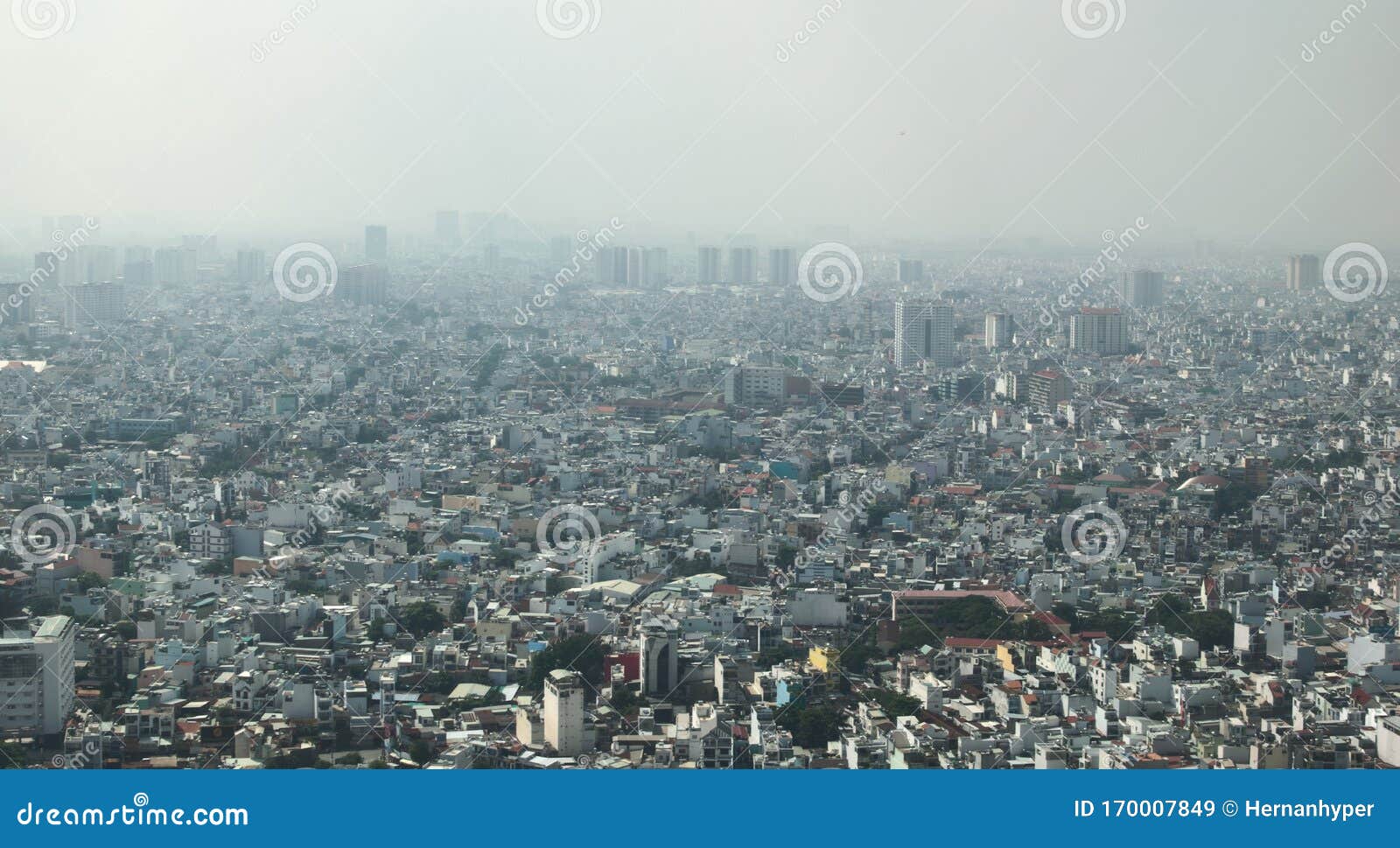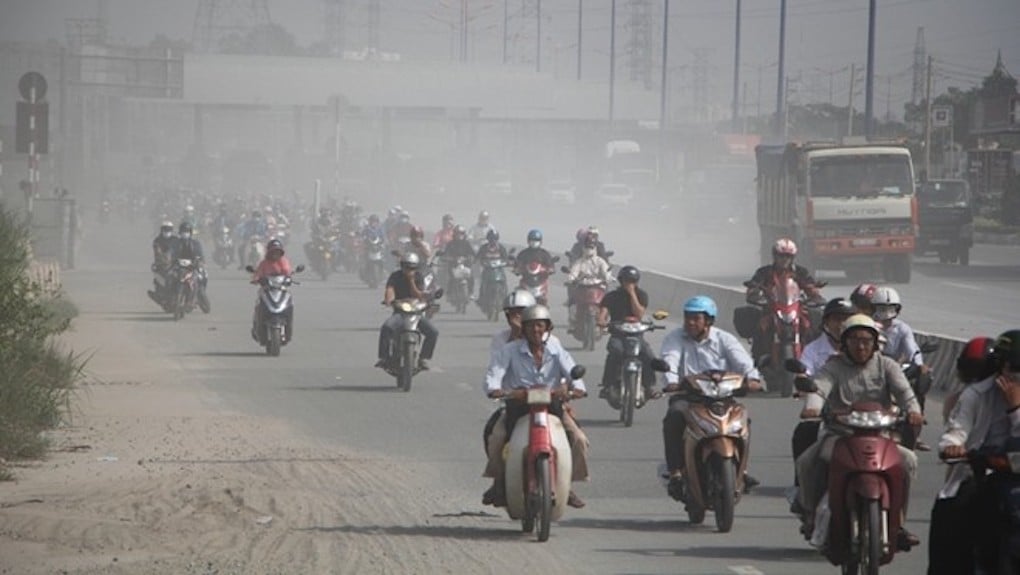

Members of sensitive groups may experience health effects.

The sensoring system presented in this paper is low-energy consumption when using only 900mW in average.Air quality is considered satisfactory, and air pollution poses little or no riskĪir quality is acceptable however, for some pollutants there may be a moderate health concern for a very small number of people who are unusually sensitive to air pollution.Īctive children and adults, and people with respiratory disease, such as asthma, should limit prolonged outdoor exertion. Experimental results show the error (difference) between our systems and commercial devices is less than 24% for sensoring system and less than 9% for remote sensing images estimation. Along with these data sources, notifications from users also allow governors to react unawareness problems faster. This estimation although cannot provide exact information as sensors, it helps us to quickly understand AQI in an extremely large area with low cost. With data collected from sensors, we can provide exact values of fundamental parameters for calculating air quality index (AQI) while data extracted from remote sensing images help governors estimate the AQI values in surrounding areas without sensors deployed. The system also allows users to contribute by provide alerts through a portal. The proposed system uses data collected by our sensors and extracted from remote sensing images.

We deploy our system in one of the biggest cities in Vietnam, Ho Chi Minh City. In this paper, we present our proposed air quality monitoring system with multiple data sources for smart cities.


 0 kommentar(er)
0 kommentar(er)
